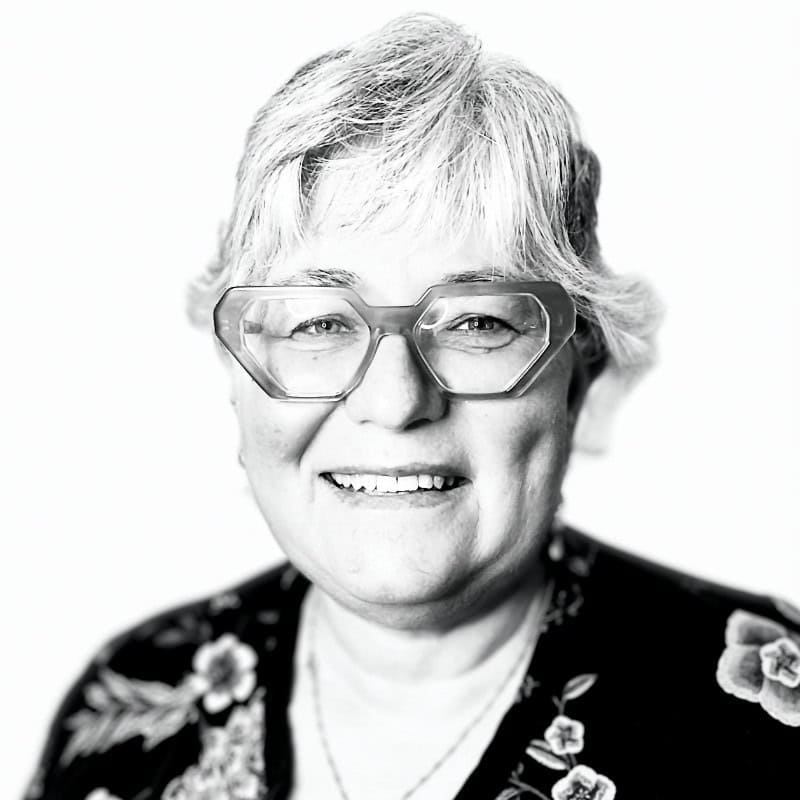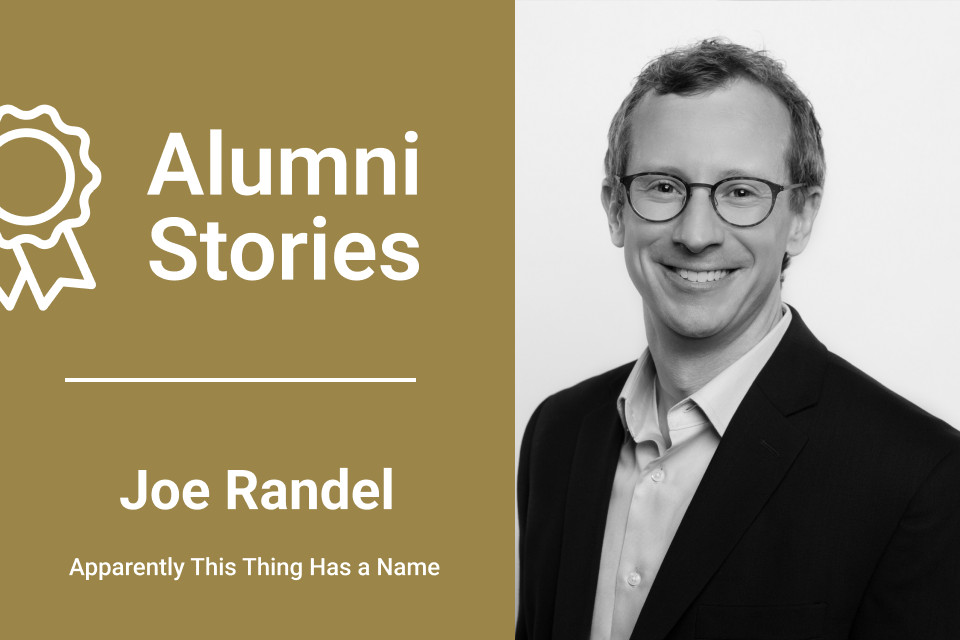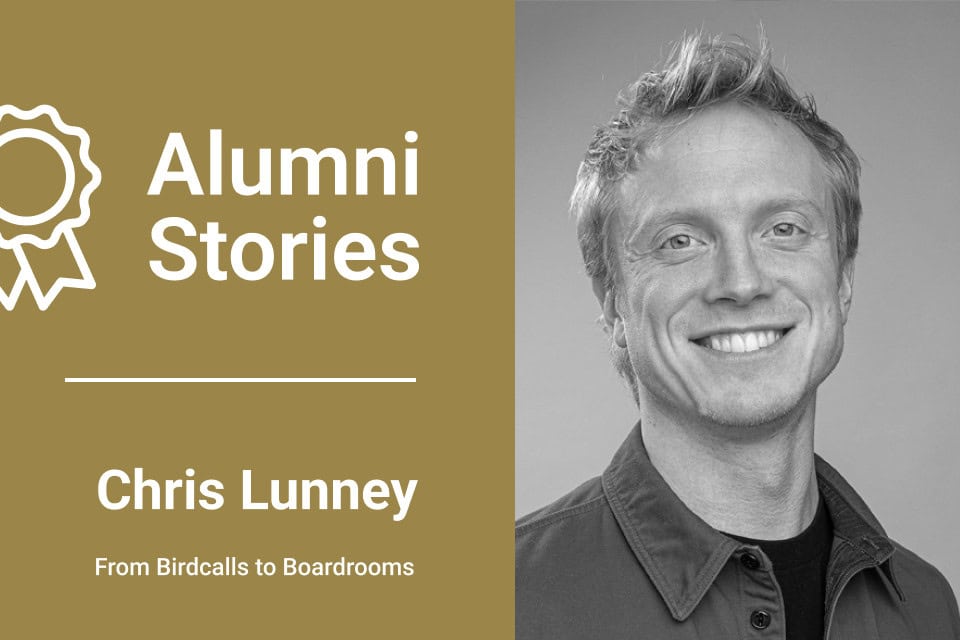How my lifelong curiosity and courage to listen have shaped a powerful facilitation journey
I don’t remember when I first heard the word facilitation. But looking back, I can see how it found me. I began my career in health education, working at a free clinic in Los Angeles that served homeless and runaway youth. That work demanded deep listening, empathy, and the ability to draw connections across community needs, systems, and services. Later, after moving to Sacramento in 1988 and starting a family, I transitioned into education. It was a pivot that happened organically: as a stay-at-home mom, I told the principal at my kids’ school, “I don’t bake cookies, but I can write grants.” That was enough to get me started.
One of my first grants was for arts education. We used the funds to launch a school-wide Shakespeare festival. Every grade level prepared a performance, with sixth graders even writing their own Seinfeld-inspired parody. There were turkey legs and storybooks kid versions of Shakespeare plays for sale. It was magical—not just because of the grant, but because it tapped into what the community already cared about. That was a lesson I would carry forward: the most powerful ideas don’t come from funder guidelines; they come from people.
Over time, I came to realize that facilitation was at the heart of good grant writing. You have to bring people together, gather their voices, understand what they need, and tell their story with clarity and heart. The funders can tell when you’re bluffing. You can read a grant and know instantly if it’s real or not. I used to review federal and state grants, and it was obvious which ones were just parroting back language. The authentic ones had depth—and that only comes when you’ve facilitated honest dialogue.

I called it guerrilla dialogue back then. You couldn’t always get people to come to a meeting, especially after school. So I would show up wherever they were and start asking questions. I’m a curious cat by nature, and I would talk to parents, teachers, cafeteria workers—anyone who had a perspective to share. I listened with an ethnographic lens. The physical space of a school told its own story, too. The cracked pavement, the posters on the walls, the sounds in the hallway—it was all data.
Later, as I started working with high-poverty schools and refugee families, I learned to adapt even more. I ran listening sessions in Farsi, Pashto, Spanish—whatever language the community spoke. That required close partnership with interpreters, attention to cultural dynamics, and sometimes changing what I wore or how I showed up as a woman. But if you ask parents about their kids, they’ll talk. Everyone wants a better life for their children.
Rediscovering the Power of Structure
The challenge, over time, was that things started to shift. It got harder to get people to talk together. The climate changed—socially, politically. Mistrust was in the air. In educational spaces, I started to feel the strain. People weren’t just reluctant; they were polarized. I facilitated a session on school safety once where students spoke powerfully about not wanting police on campus. Officers in the room sabotaged the process. The district ultimately ignored what the students said. I left that project with a deep sense of betrayal.
That experience wasn’t unique. As facilitators, we sometimes get used. We create safe space, people open up, and then leaders go back to the plan they always had. I realized I needed to be clearer in my contracts, to protect not only myself but the communities I serve. That realization was a turning point. I wanted better tools, better ways to hold space, and more skill in client management.
Around that time, I started noticing Voltage Control in my feed. I think it was the algorithm doing its magic. I joined a few Facilitation Lab sessions and immediately felt at home. There were people from all kinds of industries—tech, academia, aerospace—and they were grappling with some of the same questions I was. It was energizing. One guy had like six computers. Another was a university professor. I loved the cross-pollination.
I hadn’t realized how much I missed having a community. As a grant writer, I was often the only one doing what I did. Same with facilitation. So finding a space where people were asking the same kinds of questions—even if they were solving them differently—was a huge spark. When I saw the certification program launch, and Eric (a fellow educator!) was involved, it felt like a no-brainer.
Learning New Tricks
I joined the very first cohort. The timing was perfect. I was winding down my formal career and stepping into a new chapter. My certification project pushed me to think not just about skill development, but about my identity and offerings as a consultant. We focused on my LinkedIn profile, using it as a way to refine my narrative. I started posting regularly, curating book recommendations, and testing what resonated. I eventually slowed that down, but the clarity it gave me was invaluable.
I remember getting some real pushback from my cohort: “I don’t think that word means what you think it means.” It was exactly what I needed. The feedback was honest, generative, and kind. Phil and I became close collaborators, and others in the group brought such different lenses—a psychologist, a business founder, someone calling in from Asia in the wee hours of the morning the middle of the night. That diversity was the magic.
What I also appreciated was how the program helped me formalize what I had been doing intuitively. I’d always followed my nose, but now I had a more structured process. I took the Magical Meetings course, fell in love with SessionLab, and began building agendas that were strategic, inclusive, and actionable. I started designing activities that spoke to power, meaning, and affect—the full range of communication styles. It wasn’t just about getting through a meeting. It was about creating real engagement.
Sparkable Moments
One of the biggest things that shifted for me after certification was how I work with young people. I’ve always had a strong rapport with students, but now I was more intentional about building spaces where they felt truly heard. When you bring in the right activities, the right groupings, the right rhythm—it works. It really works. Those kids hug me at the end of the session. It’s real.
Another area where I’ve grown is in cross-cultural facilitation. I think deeply now about how I show up, not just what I do. That includes being intentional with check-ins (even if they feel like a “time suck”) and pulling inspiration from books like The Art of Gathering to structure the space with care. I also became more proactive about navigating power. I had a session where I had to stop an adult in their tracks for going after a student. That protective stance is something I now claim unapologetically.
What I Choose Now
Today, I’m mostly retired—but not inactive. I just wrapped a two-year project with my former school district, where I worked with a team of teachers, guiding them through equity-based design work using the Liberatory Design framework. We worked deeply with one school, building capacity across the year and even creating a custom field guide for the team to carry the work forward.
I’m also working with another district to reimagine their alternative education pathways. It’s fascinating to think about what school could look like for students who don’t fit the standard mold. We’re applying futures thinking, design tools, and, of course, facilitation. I do it because it’s sparkable. If it’s interesting, if I can help unlock something, I’m in. Otherwise, I go on field trips with fourth graders. I do what I want.
Learning Forward
What keeps me energized is what’s next. I still love learning. I’m halfway through Voltage Control’s course on futuristic thinking and eager to dive deeper. Futures Wheels, liberatory design, AI applications in equity work—these are all areas I’m curious about. I’m following Jeremy Utley from the d.school and exploring how we might use AI for good instead of just efficiency.
I may be an old dog, but I still love new tricks. What I want most is to keep asking better questions, creating better spaces, and helping people imagine what they haven’t yet imagined. Especially in education, where the stakes are so high and the systems so slow to change. It’s hard to sell design thinking in a system obsessed with 11-point fonts and funding compliance. But that’s exactly why we need it.
Learning and connection. That’s what I got from the certification. And that’s what I would offer anyone considering it: don’t underestimate the power of being in a room (or a Zoom) with people who ask the kinds of questions you ask. Even if they’re in tech or aerospace or consulting, if they care about how people come together to solve problems, you’ll find kinship.
This work is never done. But it gets richer when you’re not doing it alone.


